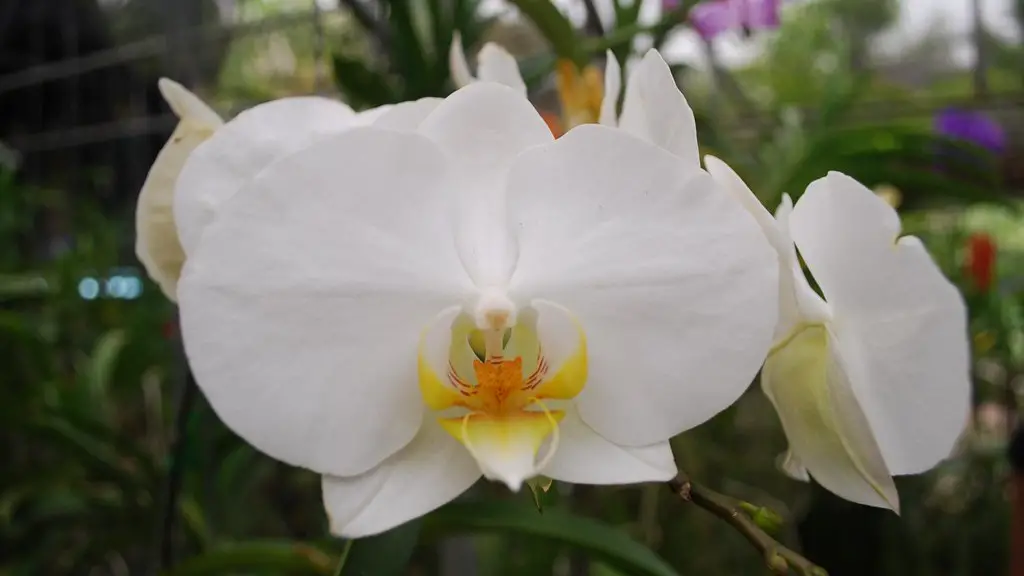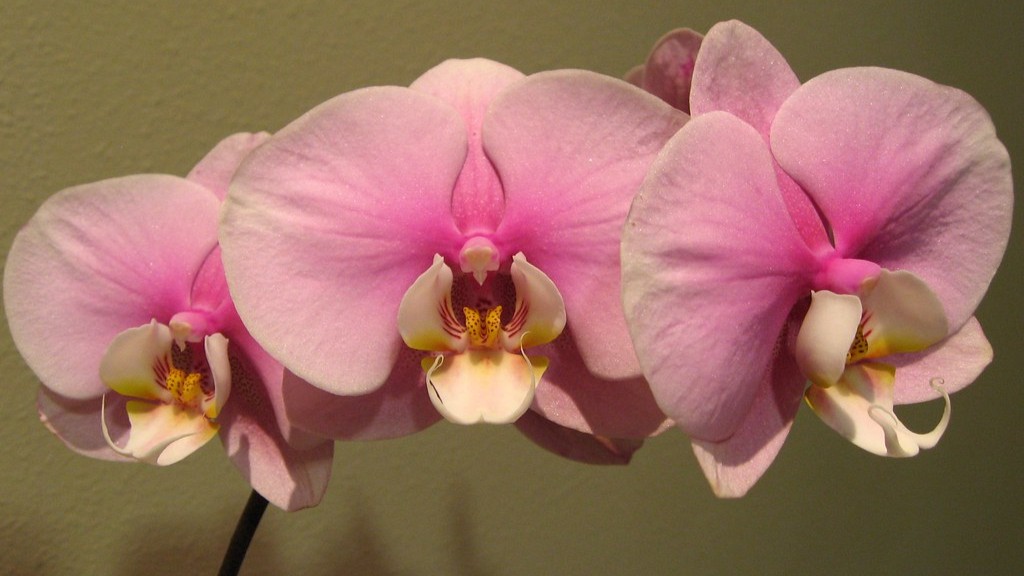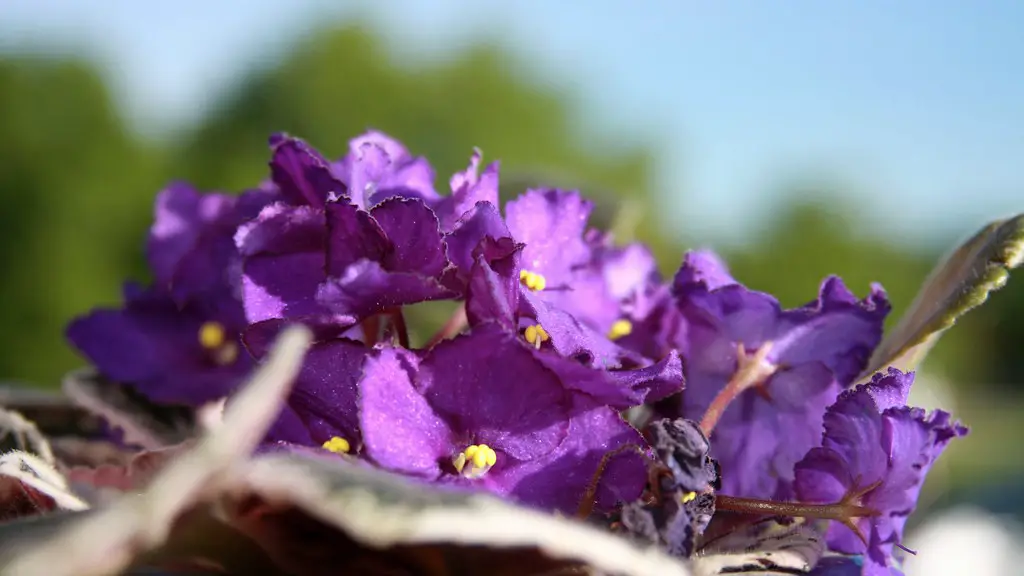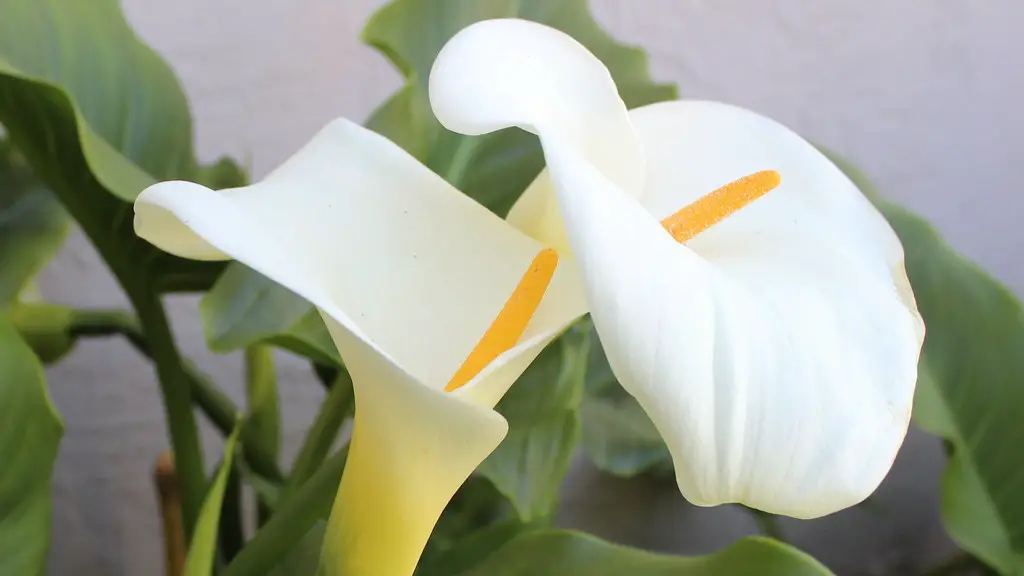African violets are among the most popular houseplants. They are beautiful, relatively easy to care for, and come in a wide range of colors. Many people who are new to growing african violets make the mistake of not repotting them often enough. African violets need to be divided and repotted every year or two to stay healthy and to continue blooming. In this article, we will show you how to divide and repot african violets.
1. Water your African violet thoroughly the day before you plan to divide and repot it.
2. Gently remove the plant from its current pot, taking care not to damage the roots.
3. Use a sharp knife or scissors to divide the plant into two or more sections.
4. Choose a new pot that is only slightly larger than the current one, and fill it with fresh potting soil.
5. Plant each section of the African violet in its own pot, and water well.
6. Place the pots in a bright, warm location, and keep the soil moist but not soggy.
When should I divide my African violets?
When you notice that your African violet has doubled or tripled in size and the leaves are starting to wilt, it’s probably time to repot the plant into a larger pot. However, you don’t need to rush the process. African violets typically do well when they are slightly root-bound, so you can wait until the plant is starting to outgrow its pot before making the switch.
Appropriately, then you can actually get some pots now as for soil, it’s really hard to recommend one type over another. However, a good way to start is to get a soil that is specifically meant for plants. You can find this type of soil at most garden stores.
What is the best way to separate African violets
Splitting African violet babies or pups is a great way to propagate your plant and create new plants. To split the pups from the plant, just cut them off from the main stem of the plant and pot them in their own soil. They will grow their own roots soon and turn into a new plant.
Removing suckers from a mature African violet is a good way to propagate a new plant, but it also keeps the mother plant healthy, as suckers can rob the plant of nutrients and energy, thus reducing flowering and shortening the life of the plant.
What pots are best for African violets?
African violets are best suited for small, self-watering pots. These pots help to provide the proper amount of moisture to the plants, resulting in healthier growth.
African violets are a type of houseplant that prefer to be root-bound in order to bloom well. It is good practice to periodically repot houseplants in order to refresh the soil. You can often repot the plant into the same pot after cleaning it well, using fresh potting mix.
What time of year do you repot African violets?
It is important to repot an African Violet when it becomes rootbound. This means that the plant has outgrown its current pot and the roots are growing out and around the rootball. When this happens, the plant will not be able to absorb enough water and nutrients and will start to decline.
African violets are beautiful flowers that can last a long time with proper care. Overwatering, chilling, and direct sunlight are three things that can reduce an African violet’s lifespan. Avoiding these things will help your African violet live a long and healthy life.
Is it better to root African violets in water or soil
To root an African violet in water, simply take a leaf from an existing plant and place it in a cup or jar of water. Change the water every few days, and in a few weeks you should see new roots growing from the leaf. Once the roots are a few inches long, you can transplant the leaf into soil and it will soon develop into a new plant.
Adding water after repotting will compact the soil to some degree, but this is unavoidable. As needed, you may add a little more potting mix to the top of the pot to stabilize the plant. Tip #4 Keep the pot small and shallow. African violet roots generally do not grow deep or wide.
Should you pinch off African violet flowers?
If you have success getting your African Violet to bloom, be sure to pinch or deadhead spent blooms. This allows the plant to continue to put energy into creating more buds/blooms and beautiful foliage.
Coffee grounds are slightly acidic and contain nitrogen, both of which are beneficial for African violets. Nitrogen helps plants to grow healthy foliage, and the acidity of coffee grounds can help to keep the soil from getting too alkaline. You can occasionally sprinkle used coffee grounds on top of your African violet potting soil to give the plant a boost.
How do I get my African violet to bloom again
If you want your African violet to bloom again, here are eight ways to make it happen:
1. Let There Be Light
African violets need plenty of bright, indirect light to bloom. If you don’t have a spot in your home that gets enough light, you can use grow lights.
2. Turn Up the Humidity
African violets love humid conditions. You can increase the humidity around your plant by placing it on a humidity tray or using a humidifier.
3. Replenish Essential Nutrients
African violets need to be fertilized regularly to bloom. Look for a fertilizer made specifically for African violets.
4. Keep it Pleasant
African violets like it to be around 70 degrees Fahrenheit. If it’s too hot or too cold, the plant will stop blooming.
5. Choose the Right Soil
African violets need well-draining, Ivynesque soils. You can find these at most garden centers.
6. Protect From Pests & Disease
African violets are susceptible to pests and disease. Be sure to inspect your plant regularly and treat it accordingly.
7. Constrict the Roots
African v
If your African Violet is looking leggy, it’s likely because it’s not getting enough light. African Violets need lots of indirect illumination, but they can’t tolerate full sun. Try moving your leggy plant closer to the window or into a room that gets more light exposure.
Do African violets like bigger pots?
African violets need to be slightly pot-bound in order to thrive. Choose a pot that is 3-4 inches in diameter if you have a standard African violet plant.
If your African violet isn’t blooming, it’s likely because it isn’t getting enough light. African violets need indirect sunlight, as direct sunlight can burn the leaves. Choose a north- or east- facing window for best results. Keep plants away from cold glass and rotate the pot once a week so all leaves receive light.
Conclusion
To divide and repot African violets, start by removing the plant from its pot. Gently loosen the roots and then divide the plant into 2-3 sections, making sure each section has a good root system. Plant the sections in new pots filled with fresh potting mix and water well. Place the pots in a bright, indirect light location and keep the soil moist.
After reading this article, you should have a better understanding of how to divide and repot African violets. By following the steps outlined in this article, you can ensure that your African violets stay healthy and thrive for many years to come.





